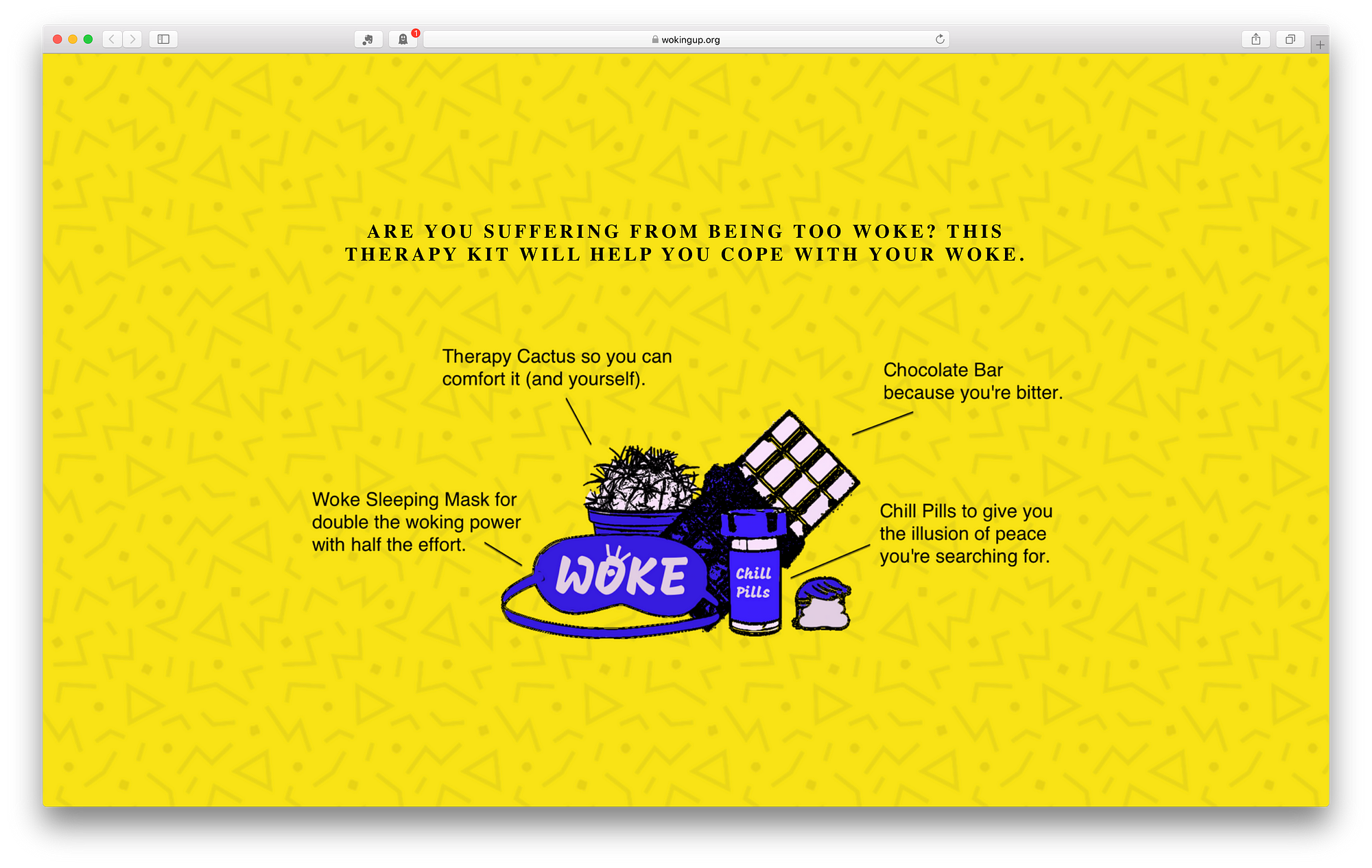Designing for ACLU NorCal — Behind the Scenes
As a continuation of the Meet Your DA campaign, Gopika engaged Interaction Design students at CCA in a project to educate and involve young adults in politics.
This article was originally published on Medium

Hello, we are Melissa Kim and Weiwei Hsu — Interaction Design undergrads at California College of the Arts in San Francisco. At the end of 2017, we worked on a 10-week project under the course Designing for Social Good co-taught by Gopika Prabhu and Miki Setlur of Elefint Designs and Facebook.
Our client was ACLU Northern California and the project scope was to produce a campaign on educating young adults on the topic of district attorney, aka, the most powerful elected official you may not know.
Brief
California’s polls for District Attorney open in June, but few people know the power their D.A. holds, and even fewer vote. ACLU NorCal wanted a strategy to reach young adults , to educate & involve them in the D.A. race.
Approach
“Young adults” are drawn to info that is relatable, shareable, colorful, consumable, ironic and resonates with their values. Please see The Millennial Way of Consuming Politics for our approach.
Messaging
“Woke” is a slang term playing off of the word “awake,” usually used in reference to how people should be aware of current political affairs. Young people feel social pressure to “be woke” and thus the word has become a bit of a cliché. In our project we used the word to attract young adults who think they are so woke they need to “cope with their woke;” our hidden message challenges young adults to question how woke they are if they haven’t voted for their District Attorney.
Our “Woke Up” campaign strategy incorporates successful brand and content strategy elements from popular news sources into a website and “woking up” survival kit. At first glance, the kit is a humorous tool that pokes fun at people who think they are “woke.” However, the “Real Deal” version challenges people to think critically about criminal justice reform and their political engagement — Are you really as woke as you think you are? To catch the attention of our audience, each item in the “woking up” therapy kit was given a double meaning.
“Cope with Woke” Therapy Kit

A therapy kit packed with bare necessities to help you and your friends who are suffering from being too woke. Let us help you cope with your woke. You can pet the cactus while you watch SNL and Last Week Tonight.
The Real Deal Kit

Testing with a Landing Page

To test the “Woking up” campaign idea, we quickly made a landing page in under 3 hours and shared it on social media platforms such as facebook, instagram and reddit (without ads). In two days, there were 282 unique visits, and 129 email sign-ups, which resulted in a 43% conversion rate.
Website

After sketching different versions of the website, we iterated on those versions in color mockups as well. Having each other as teammates to bounce off ideas helped a lot in this process.

In the website prototype, we designed it so that viewers can toggle between cope with woke vs real deal. This prototype served as a demo to show how the visitors will be able to experience both the “Cope with Woke” and the “Real Deal” version of the campaign.
Physical Kit


All the items are specially packaged and designed with an exterior or interior that relays statistics and stories. Even if people clicked “Buy” without seeing the real deal, they would be educated when they unbox their kit.
Campaign ecosystem – a “macroscope”
How do all these pieces help encourage young adults to vote for district attorneys? We drew a diagram to communicate how all pieces feed into one another, at a macro-level.

Social media, tangible materials, online presence, relatable and honest information all play a crucial role in making politics digestible and actionable.
What we learned
Computers currently only allow us to share files and make artifacts together, but not think together.

Almost every work session began not with laptops, but with 2–3 large sheets of paper, sharpies (no small, non-legible writings!), post-its, index cards. We were very intentional about putting our laptops away, and if we wanted to verify something, we would only pull out our phones for a quick search.
Additionally, it was a challenge to adapt to different content strategy techniques based on the experience and website we were trying to create. There were periods of time when we would feel overwhelmed and lost. Our solution had the potential to transform how ACLU and other organizations approach young adults about politics — whatever our solution was. When we were stuck, we would pull out large pieces of butcher paper and just start doodling and writing in big, bold sharpie and tried to laugh while we worked. To our surprise, our best ideas came out of these exercises.
Our role in this project was not only to design for young adults, but to create a case study for our client. This project also served as a demonstration of how different target audience requires a different approach. The best way to communicate that was by showing, instead of telling. Learn more about what we referenced during this project by reading The Millennial Way of Engaging With Politics.
Thank You
This project benefited from many of our friends and teachers’ help. We would like to express our gratitude to:
Ana Zamora, Ben Barry, Charnell McQueen, Christina Worsing, Diana Chavez-Varela, Eric Heiman, Gopika Prabhu, Karen Camacho, Renna Al-Yassini, Miles Robinson, Miki Setlur, Scott Thomas, and all participants of our polls.
Thank you for reading this, if you have any feedback or would like to discuss further, please write to us (melissagkim@gmail.com and wei@weiweihsu.com). We hope that this writing will help someone somewhere, just like how our friends and teachers have helped us as we struggled.